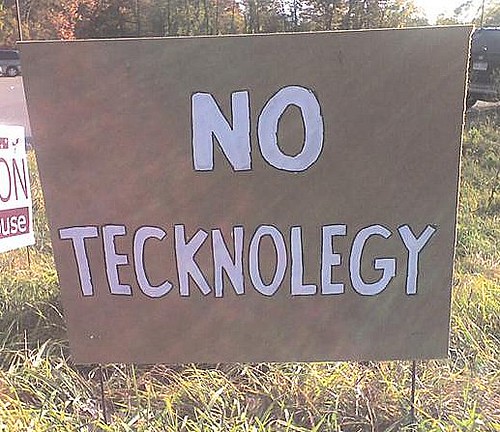I have my reservations about Jeff Jarvis' discussions of the future of media, less to do with what he says, which is generally interesting enough (to the extent that predictions about a pretty unpredictable industry can be) than with what he omits.
His focus is very West-centric, and he tends to talk a lot about methods of news distribution, methods of news consumption, and the economics of media in the future, but he tends not to talk about CONTENT, or production of news. Maybe I missed the blog post where he does that, or maybe he just doesn't consider it worth talking about. Anyway, from a recent half-hour talk he gave to a Scandinavian conference on the future of media, here's some key points for me.
1) Mobile - Mobile news production and consumption and local news production and consumption are increasingly part of the same process, and for those with smartphones etc, local news will become ubiquitous and constant. Based on where someone is standing at any given moment, or based on what a person is looking at (or pointing their camera phone at) at any given moment, the simple volume of information potentially available is overwhelming. History, reviews, photos, video, recent events, government reports, planning documents, artwork etc etc etc will be available simply by pointing your camera (phone) at a location.
The same is also true, of course, of Google maps and Microsoft's recent developments in mapping, but Jarvis is keen to emphasise the local nature of this consumption. The local aspect, though interesting in terms of community empowerment, communication and identity, is less interesting to me than the communication of important "local" news to a global audience.
However, this again illustrates the changing relationship between the news producer and the consumer. The consumer no longer sits at a table and is offered a menu, but instead can ask for anything at all that they want to eat.
2) Content is everywhere. Originally content was defined as "what broadcasters make", but the internet turns almost everything into potential "content" for consumption. You just have to be able to see the value (or valuable content) within the wider content. And the key point is that for many, producing such content costs as close to nothing as makes no difference.
However, this only applies to certain kinds of content, and the "no cost" factor is relative. It costs nothing if you already have electricity, a laptop, internet connection, smartphone, digital video camera, etc. If you don't have those things, nothing much has changed.
In addition, the media can add many things to this mountain of "content" produced for free by the global, internet-connected public:
- Authority: Applying traditional journalistic principles, cross-referencing, balancing accounts, etc.
- Clarification: Getting facts and quotes straight, and dispelling rumour and hyperbole.
- Summation/collation: Picking out and making presentable the valuable information from the white noise and repetition.
- Centralisation: Offering a single, reliable source of information.
3) This third one I think is very important.
News becomes a process, not a product; a constant flow, akin to news wires rather than broadcasters or newspapers. There is less value and marketability in offering a single, packaged product. Instead, news becomes a rolling, growing process with contributions from various parties over time (think of Wikis).
One of the key shifts for media here is to somewhat abandon the idea of a "perfect", "finished" product. Such a product was not only a product of traditional, timed news media (daily papers, evening news), but was not truly representative of "news" at all.
Furthermore, the trend appears to be that the public needs to arrive earlier in the process of news production, rather than being granted a final product. This can be achieved using Wikis, links, comments, blogs, video, etc etc etc. There are risks and whole full-time jobs involved in managing this process (according to the "what media can offer" list above), but the benefit is a wealth of free information, some of it otherwise unobtainable, and a committed audience.
4) Whatever "products" are created have to be open, accessible, findable, and not hidden behind a paywall. Online video needs to be all of these things, for example.
5) Those who succeed will likely be those who are fastest to make their "products" available. This means prioritising speed over quality (though not abandoning quality altogether - it's a balancing act), and remembering that, as above, there's no need to produce a final, "finished" product as once it is in the public domain it will grow and improve and change.
6) Media broadcasters/organs will have to shrink. This means fewer people handling more external content, but fewer contacts and avenues in.
I think that about covers it!
 I was at the Guardian Activate Summit 2010 last week; a day-long conference looking at the internet, communications technology, the media, development, business and various other issues (including, for some reason, research into the curing of old age...).
I was at the Guardian Activate Summit 2010 last week; a day-long conference looking at the internet, communications technology, the media, development, business and various other issues (including, for some reason, research into the curing of old age...).